A clockpunk atmosphere serving an epic and human story
 Korost bouillonne. L’empire dont elle fut jadis la capitale économique a été balayé par une guerre perdue, ses rues regorgent de blessés de guerre et de réfugiés. La cité crépite de tension entre ses très nombreux et très pauvres verriers, et les riches et savants forgiers détenteurs de la technologie permettant d’exploiter l’énergie solaire.
Korost bouillonne. L’empire dont elle fut jadis la capitale économique a été balayé par une guerre perdue, ses rues regorgent de blessés de guerre et de réfugiés. La cité crépite de tension entre ses très nombreux et très pauvres verriers, et les riches et savants forgiers détenteurs de la technologie permettant d’exploiter l’énergie solaire.
Dans cette marmite vivent Enik, Istven et Katlik. Enik est une institutrice de quartier. Istven est un orphelin des rues qui a intégré la plus grande école de la ville à force d’études. Katlik est une jeune fille bien née dévastée par la mort de son frère au front. A trois, ils lèveront le voile sur la vraie nature de l’équilibre des pouvoirs à Korost… Mais dans l’explosion qui en résultera, tous devront choisir leur camp et leur destin.
Fantasy
Clockpunk
Class war
Revolution
Political intrigue
False pretenses
Sortie : 2024
Author identified in France (paperback rights sold)
Possible Italian translation
Author also editor in the field of games
Romain Delplancq has long worked in the publishing world. His entry into the world of imaginary authors dates back to 2015 with the publication of The Blood of Princes, published in large format by HSN and in paperback by FolioSF. As a publisher, he writes and supervises role-playing games for Open Sesame Games publishing; notably the historic game Te Deum pour un Massacre, created by Jean-Philippe Jaworski.

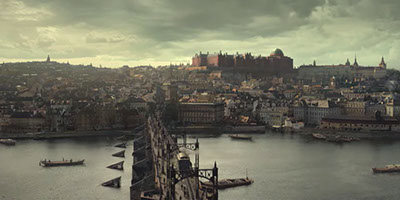
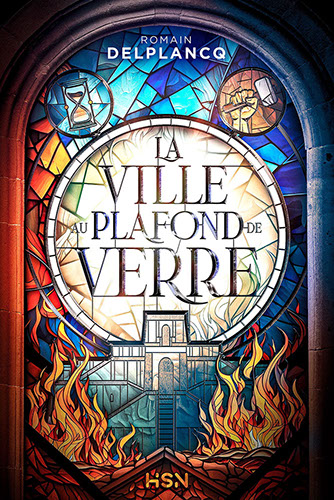
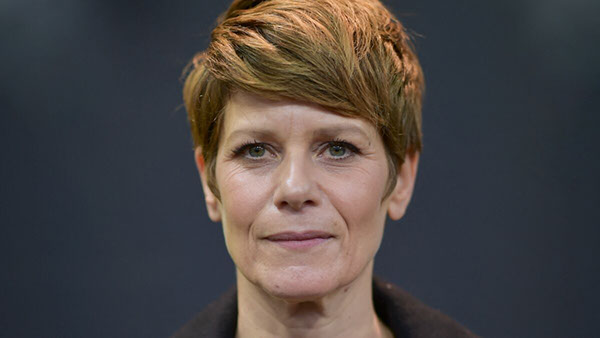
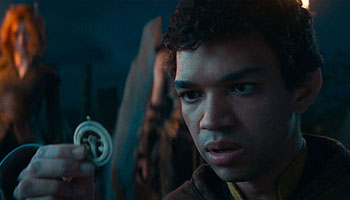
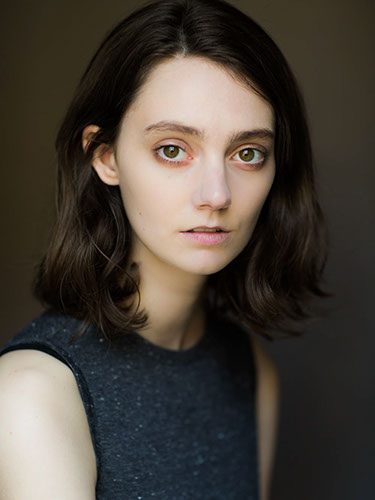

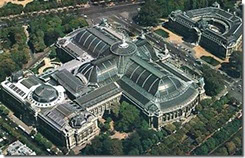
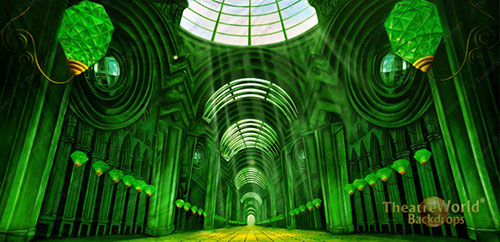
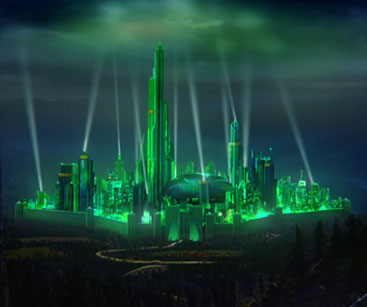
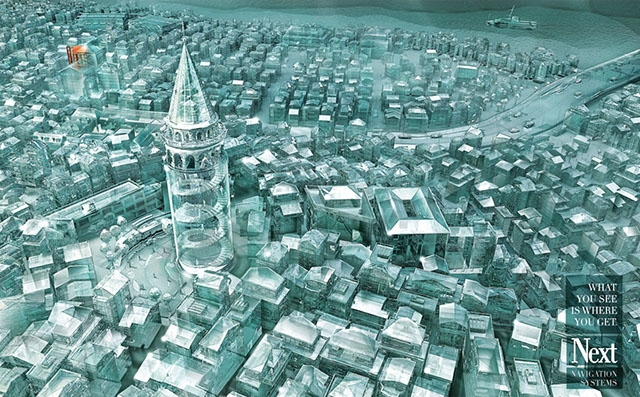
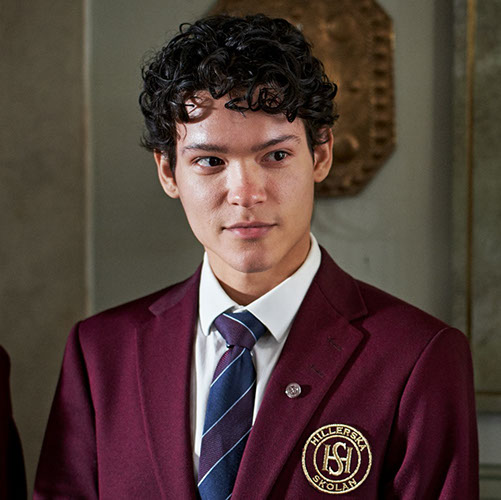





ENIK
A neighborhood teacher, a former heroic figure of the common folk, she insisted on retiring from political life in order to be able to fully teach. In particular, she created a hidden school to teach people and children of the common folk and the poor.
Faced with the events that shake Korost, she will feel compelled to resume the fight, unable to maintain her sense of justice under glass.
Actress-type: Marina Foïs

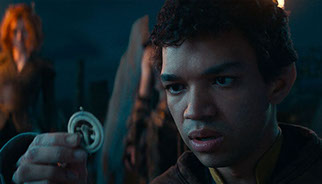
ISTVEN
A teenager from the city's poor backgrounds, but also a gifted student, he succeeded in obtaining the right to study at the High-School, training the noble children and blacksmiths. He dreams of being able to free himself from his condition as a workshop kid, and will be plunged because of his talents and his knowledge of the world of workshops into the discovery of a hidden truth capable of causing terrible turmoil on Korost.
He is a brilliant teenager, but also in lack of recognition, making a prey of choice for those who want to take advantage of him...
Actor-type : Justice Smith
KATLIK
Student at the Haute-École, daughter of a forgier, she lost her brother during the war between their country and the invaders of the Trois-Cités. When she tries to connect to the memories of her brother, she discovers that he had created a strong bond with the inhabitants of Saules and Pourpris, where workers and foreigners live. This discovery will lead Katlik to follow a lead that can change the face of the city...
Actress-type : Tanya Reynolds
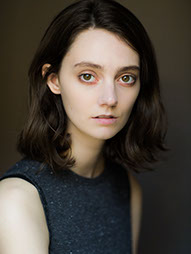

THEUD ANAXARTAS
The Dean of the High-School is a brilliant man, who takes Istven under his wing, and who has a colossal influence on Korost.
But he also hides an adventurous past, and his plans are far less noble than they seem.
Actor-type: Clancy Brown
The city of Korost is the economic capital of an empire, flourishing thanks to its centuries-old glass industry and its forgerie, an esoteric craft capable of turning sunlight into a driving force. But the Empire itself is dead, bled dry after a lost war and an internal insurrection. Waves of refugees, war-wounded and deserters stream into the city where tensions between the poor glass workers and the wealthy blacksmiths grow worse day after day.
In this pot ready to explode, three destinies intersect. That of Enik, a neighborhood teacher who, all in her project of a popular and emancipatory school, finds herself caught up in the political intrigues of the city. That of Istven, a gifted young orphan who, passing the entrance exam to the most famous school in the country, hopes to finally have torn himself away from his condition as a workshop kid. And that of Katlik, a well-born young girl who sees her world crumble when her older brother is killed at the front. A school, a future, a mourning: they hardly aspire to more... But Korost is built on lies and things left unsaid, and each in his quest can only pull a thread to unravel these lies.
The truth about forgerie, about glass.
The pot will explode when the glassmakers understand their strength, and the swindle of which they were the dupes for so long. And when the rest of the world strikes back, determined to close the lid as hard as possible, Enik, Katlik and Istven will have to choose sides... as will have the rest of the citizens of Korost.
This book is above all the story of a city, narrated from three different points of view, with the culmination of the insurrection of the glassmakers and the ruthless repression to which it will be subjected. In Korost, glassmakers and forgiers collaborate to create their technology, but the forgiers have taken the social ascendancy over the glassmakers by granting themselves pseudo-scientific diplomas based on deliberately incomprehensible disciplines and rituals; class dynamics have long been disconnected from the real work of each one. Enik, Istven and Katlik will bring this to light, completing the breakdown of the compromise on which the city's balance of power is based. As the truth emerges, the violence of the reactions worsens: attacks, repression, intervention of foreign factions...
The plot depicts a country where art and popular culture are based on glass, and a city that the forgerie has transformed in a few decades from a medieval stage to an industrial stage. However, the story is strongly inspired by the different stories of the insurrectional communes that marked our world in the 19th and 20th centuries.

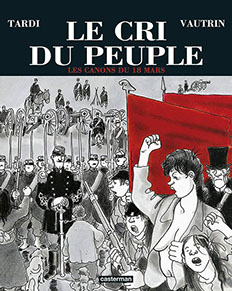

Korost s’est construite sur les bords de la Dièbe, un petit fleuve, à l’entrée d’un détroit maritime stratégique. Sur la rive droite du fleuve, on trouve le quartier de l’Archerie, le plus ancien bourg e la ville, et le gigantesque quartier des Saules et ses quadrillages de manufactures de verrerie qui s’étendent vers l’Est. Tout au bout se trouvent les Pourpris, le ghetto des immigrants. Sur la rive gauche, on trouve les quartier riches : les quartiers du Balcon et celui des Forges. C’est de là que Korost est théoriquement administrée. Korost a toujours été centrale dans la région grçace son incomparable industrie du verre ; mais depuis un siècle, elle est devenu la plus grande métropole de cette partie du monde.
On y trouve des mœurs et des équipements équivalents à notre 16e siècle, mêlés à des applications technologiques de leur science du verre et du métal qui la rapprochent d’une cité industrielle du 19e. Ainsi, la plupart des bâtiments de Korost combinent le verre et le fer forgé ; les coupoles translucides, les spires de verre et les bâtiment en brique de verre y sont monnaie courante.
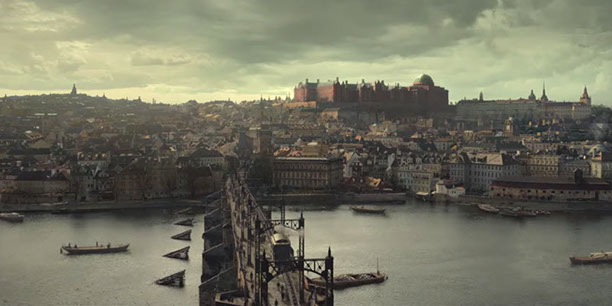
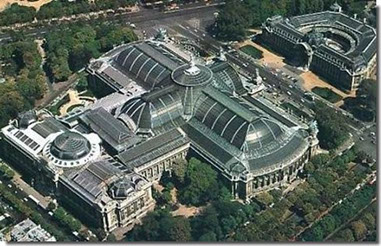


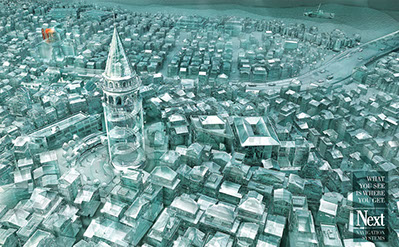
The book
Gallery
Characters
Summary
References
Universe


